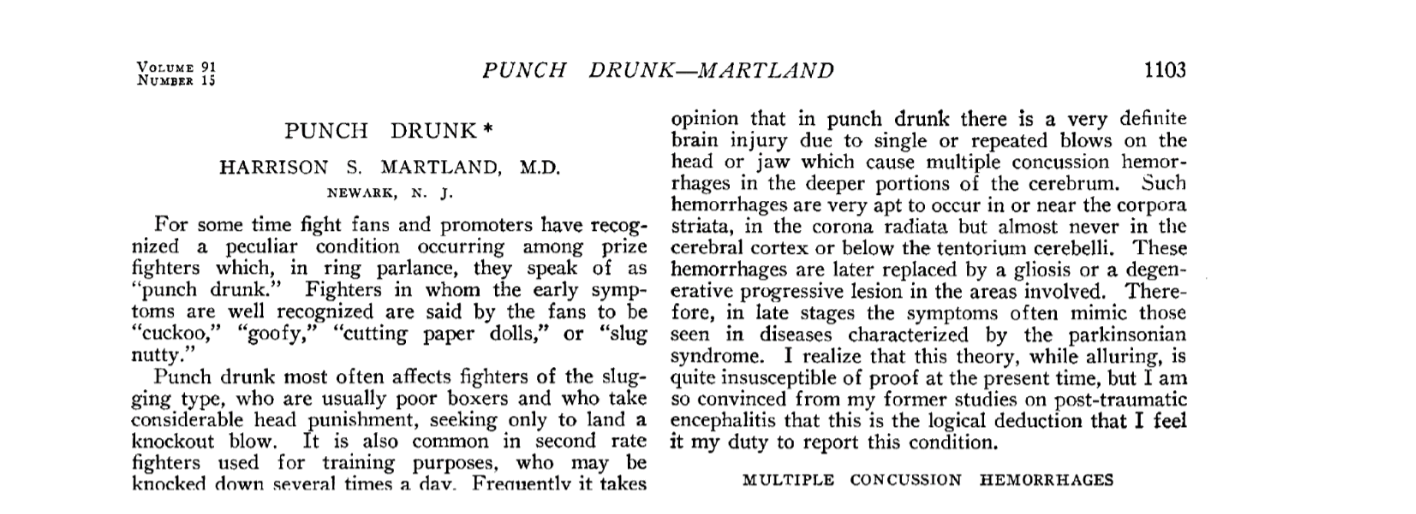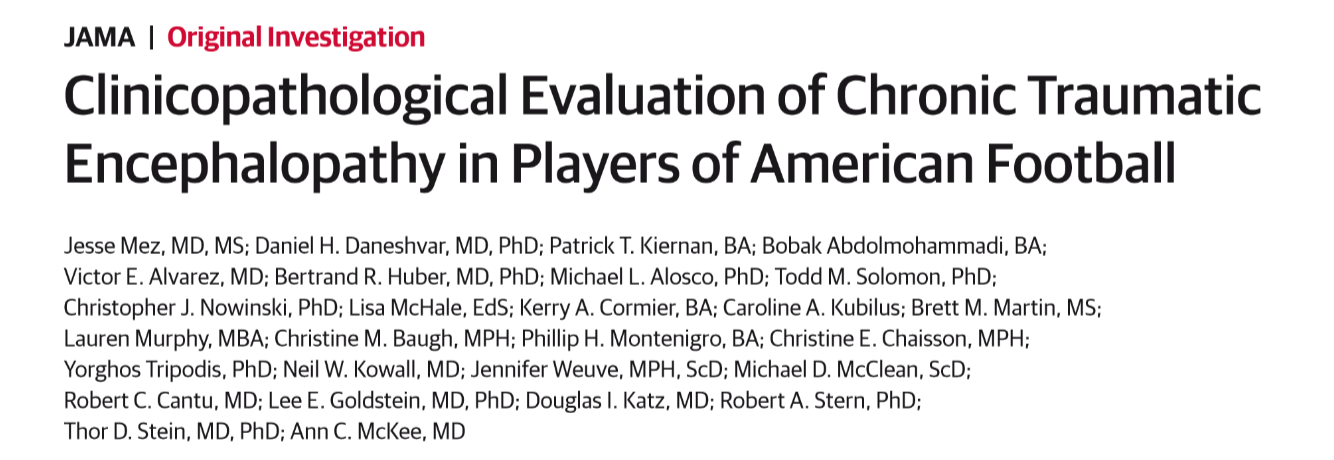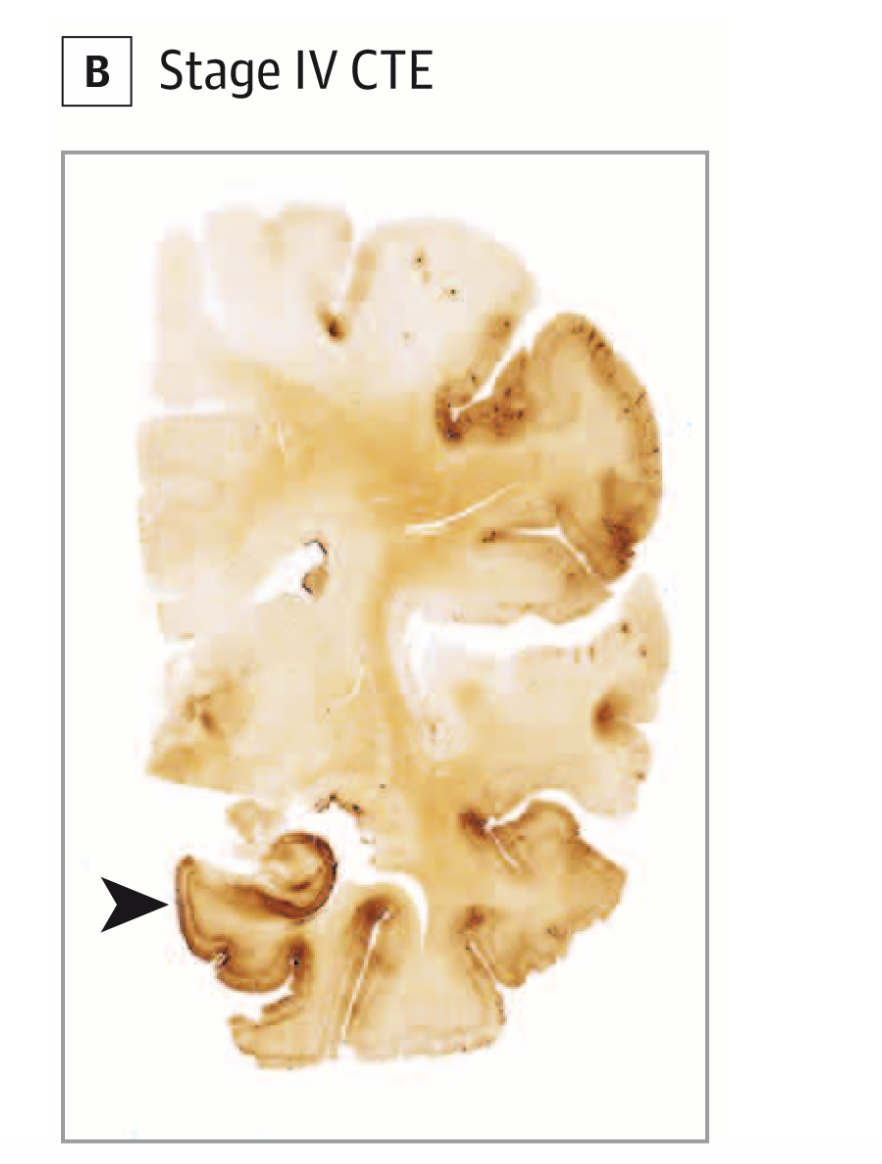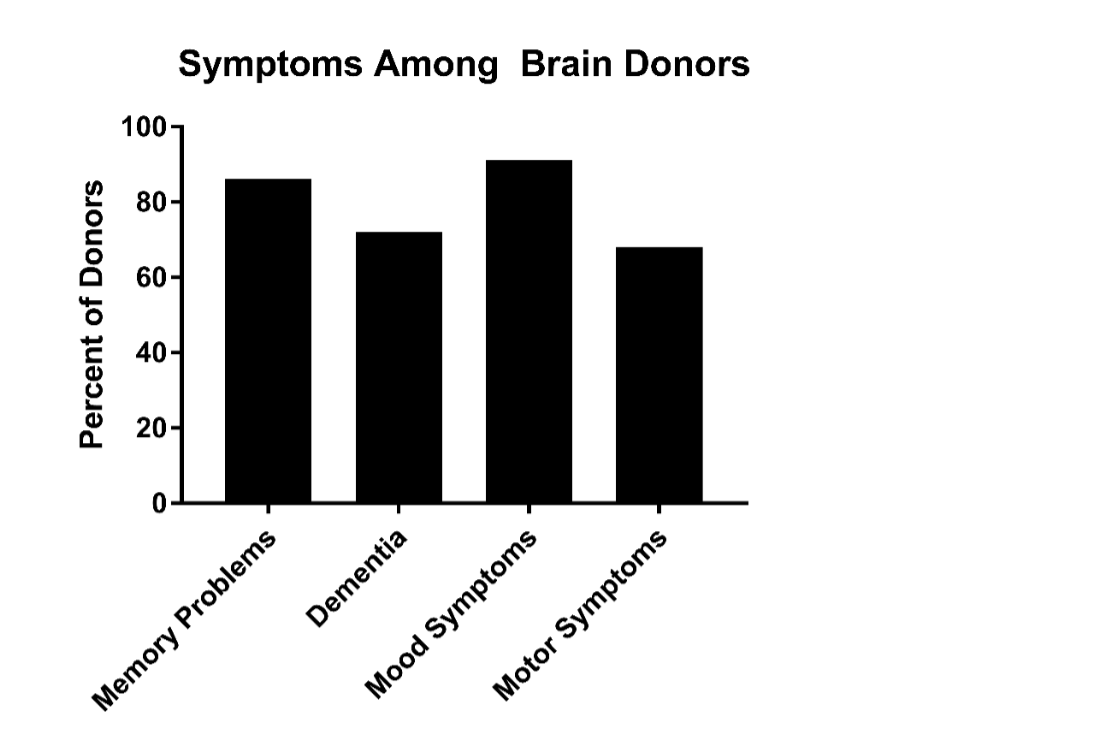A new study reports evidence of chronic traumatic encephalopathy in 99% of National Football League players' brains after death. In this 150-second analysis, F. Perry Wilson, MD, gives us the high and low estimates for prevalence of this hot-button condition, and what to make of the wide expanse of middle ground.
Dementia puglistica or "punch drunk" syndrome was described by Harrison Martland back in 1928, but the disease was confined to boxers for roughly 80 years, until the first cases of chronic traumatic encephalopathy among professional American football players were described.

Since then, the roster of athletes with the condition, which can currently only be diagnosed via autopsy, has expanded dramatically. Nowhere is that more obvious than in this study, appearing in the Journal of the American Medical Association.

The current report, from the lab of Dr. Ann McKee – one of the pre-eminent researchers in this area – documents the autopsy results of 202 former football players. Not all of them were professional – a few only had high school exposure, for example. Of the 202 individuals, 44 had mild CTE, and 133 had severe CTE.
I asked Dr. McKee how CTE was determined. In this study, a single pathologist made the diagnosis, but she let me know that an upcoming study with independent pathologic review shows "very good inter-rater reliability." In lay terms, that suggests that CTE, as seen here with characteristic phosphorylated tau deposits, is a distinct pathological entity.

Risk of CTE was higher with more years of football playing and with playing at a higher level. 110 of 111 -- that's 99% -- of former NFL players had CTE.
The question everyone is asking, of course: how prevalent is CTE in these athletes?
This autopsy study was not a random sample of football players. Far from it. Eighty-one percent of the brain donations reviewed were the result of a family member approaching the center near the time of death. They did this precisely because there were concerning symptoms.

Eighty-six percent of these individuals had memory problems, 72% had dementia in their last year of life, 91% had behavioral or mood symptoms, 68% had motor symptoms. The authors, to their credit, state that this study cannot impute or imply the prevalence of CTE in footballers.
But that won't stop us from trying. According to Pro-Football-Reference.com, there have been 24,732 NFL players since the founding of the league in 1920. So, assuming this study captured every single individual with CTE, the prevalence of the condition would be about 0.4%. So that's our low end. On the high end, the study is a true random sample and 99% of NFL players have CTE. So there you go, somewhere between 0.4% and 99%.
Seriously though, the study we need is a true sampling of football players with appropriate controls. This will be facilitated by the development of diagnostic tests for CTE that don't require pathologic examination of brain tissue. Biomarker tests ranging from blood markers to PET scanning are currently under review.
In the meantime, the skeptic in me says it's too soon to know for sure how dangerous football-playing is. But the father in me says that I'm going to strongly encourage my kids to stay away from the pigskin.
, is an assistant professor of medicine at the Yale School of Medicine. He is a ľ��ֱ�� reviewer, and in addition to his video analyses, he authors a blog, . You can follow .
